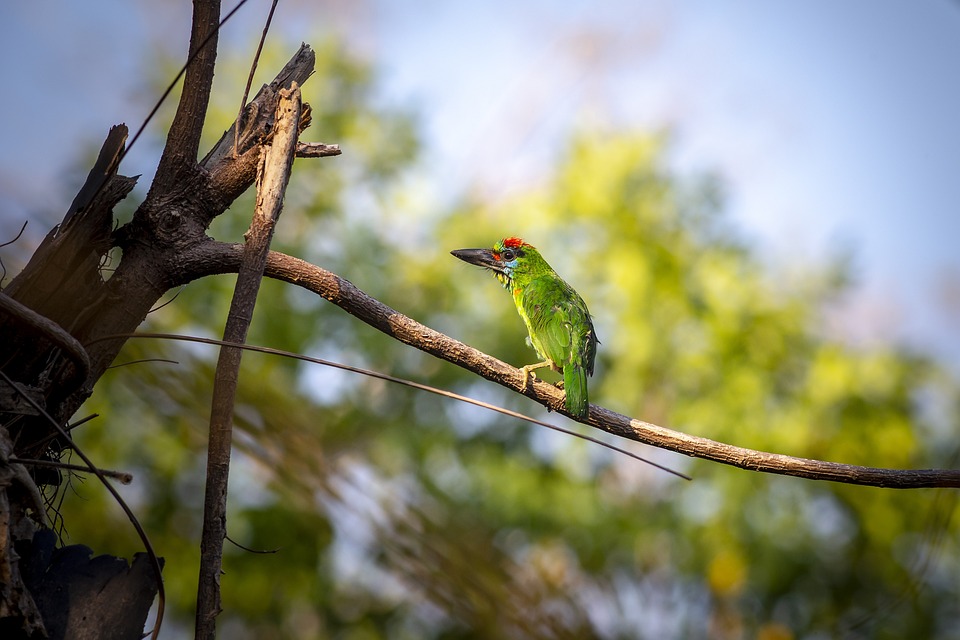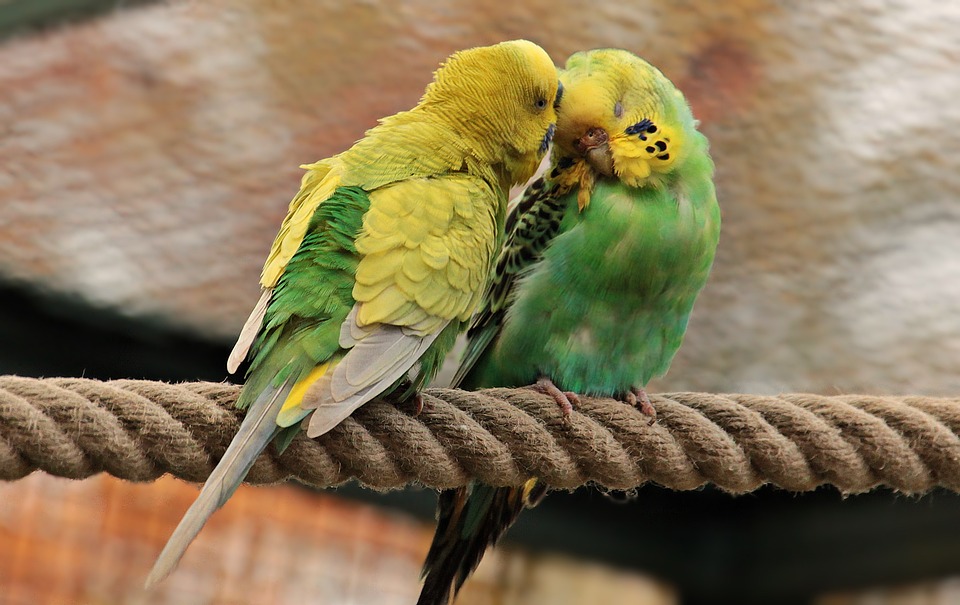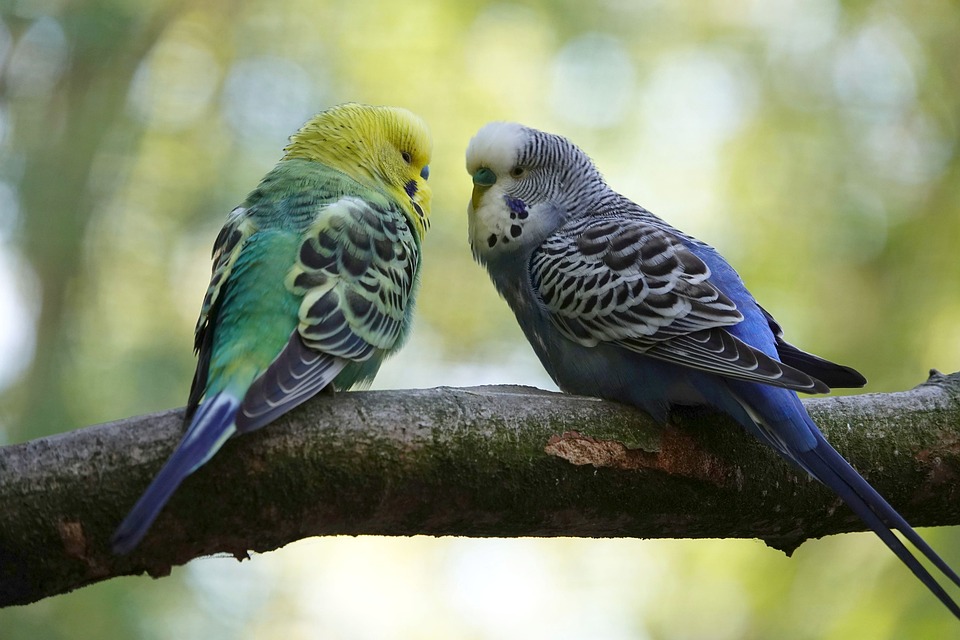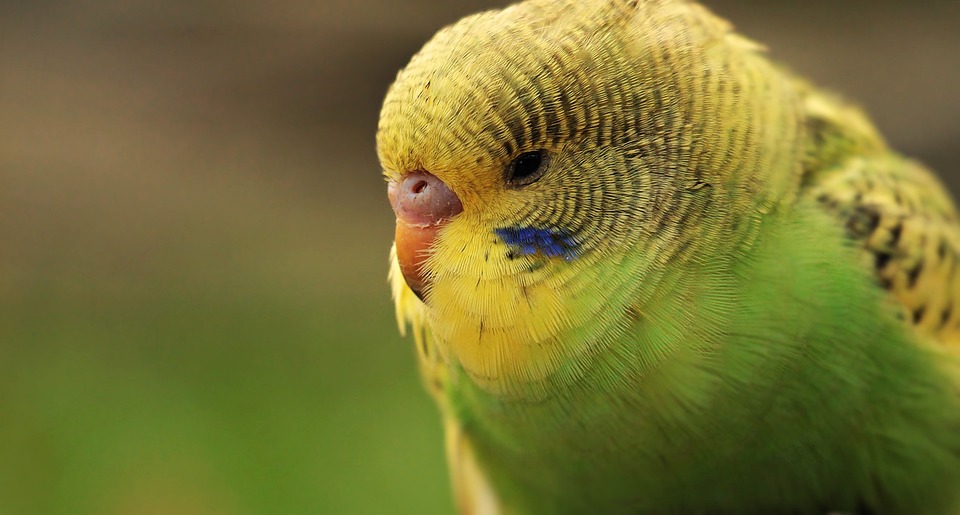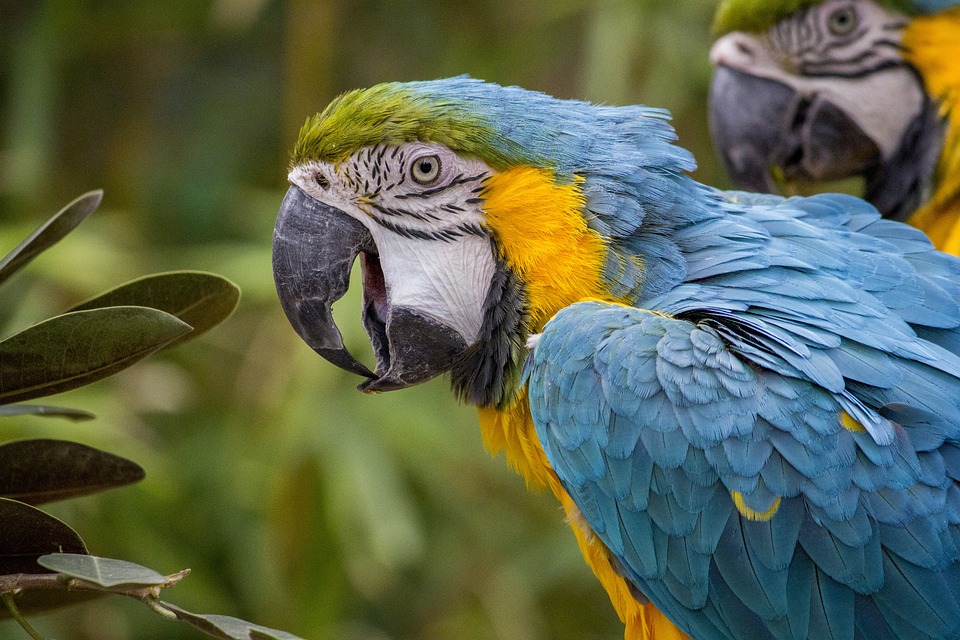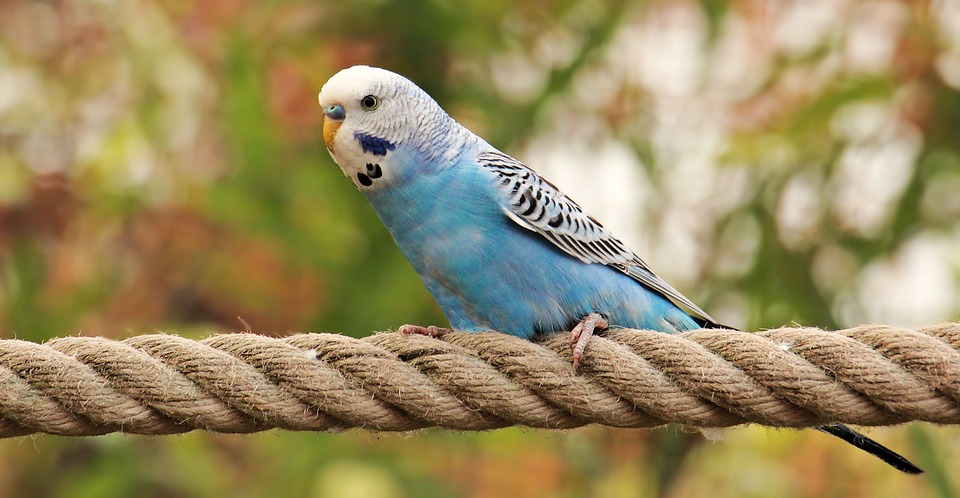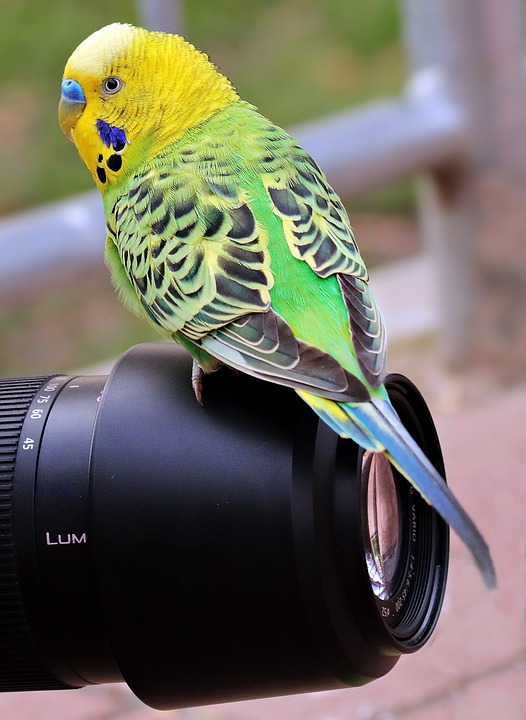Parrots are fascinating creatures known for their vibrant colors, impressive mimicry skills, and playful personalities. However, behind their beautiful feathers lies a complex world of behavior that is often misunderstood by their human companions. One intriguing aspect of parrot behavior is their ability to hide certain emotions and instincts, making it crucial for owners to understand the art of hiding. In this article, we will delve into the secrets of parrot behavior, explore the reasons behind their hidden actions, and provide valuable insights for better understanding your feathered friend.
To comprehend parrot behavior, it is essential to recognize that they are highly intelligent creatures capable of a wide range of emotions and cognitive abilities. Parrots have evolved advanced social skills, communication methods, and survival strategies. Understanding the intricacies of their behavior will not only deepen the bond you share with your parrot but also ensure their overall well-being.
Parrots possess an innate instinct to hide their true emotions and vulnerabilities. This behavior stems from their natural survival instincts and their role as prey animals in the wild. By hiding certain behaviors, parrots aim to protect themselves from potential threats and maintain their social standing within their flock. Let’s explore some common reasons why parrots engage in hiding behaviors:
1. Concealing Weakness and Vulnerability
In the wild, displaying signs of weakness or illness can make parrots an easy target for predators. Therefore, parrots have mastered the art of hiding symptoms of illness or pain to avoid appearing vulnerable. As pet owners, it is crucial to be vigilant and observant of subtle changes in behavior or physical appearance that may indicate an underlying health issue.
2. Protecting Their Territory
Parrots are territorial creatures, and they often hide possessions or claim specific areas as their own. This behavior allows them to establish boundaries and maintain a sense of security within their environment. Understanding your parrot’s territorial tendencies can help you create a comfortable and stimulating living space for them.
3. Masking Fear or Anxiety
Parrots may also hide signs of fear or anxiety to avoid attracting attention from potential threats. By concealing their emotions, they can maintain a facade of confidence and reduce the risk of being targeted. It is crucial to provide a safe and nurturing environment for your parrot to help alleviate any underlying fears or anxieties.
Recognizing signs of hiding behavior in your parrot is crucial for their overall well-being. By understanding their non-verbal cues, you can identify potential issues and address them promptly. Here are some common signs that your parrot may be engaging in hiding behavior:
– Feather Plucking or Preening Obsessively
Excessive feather plucking or preening can be a sign of stress or insecurity in parrots. If you notice your parrot engaging in these behaviors excessively, it is essential to investigate the underlying cause and provide appropriate care and attention.
– Avoidance or Isolation
Parrots that hide or isolate themselves from human interaction may be experiencing fear, anxiety, or discomfort. It is crucial to create a nurturing environment and gradually build trust with your feathered friend to help them overcome their fears.
– Lack of Appetite or Selective Eating
A sudden change in your parrot’s eating habits, such as a loss of appetite or selective eating, can be indicative of underlying health issues or emotional distress. Regular monitoring of their dietary patterns and seeking veterinary advice when necessary is vital to ensure their well-being.
Creating a safe and stimulating environment for your parrot is key. Provide a variety of toys, perches, and hiding spots to mimic their natural habitat. Establishing a consistent routine and spending quality time with your parrot will also help build trust and reduce anxiety.
If your parrot is exhibiting signs of hiding behavior, it is important to assess the severity and duration of the behavior. Occasional or temporary hiding may be normal, but persistent or extreme hiding could indicate underlying issues. Consult with an avian veterinarian to rule out any health problems and consider seeking advice from a qualified parrot behaviorist.
Encouraging your parrot to express its emotions more openly requires patience and positive reinforcement. Avoid punishing or forcing your parrot to display emotions. Instead, focus on creating a trusting and nurturing environment that allows your parrot to feel safe to express themselves naturally.
With time, patience, and proper socialization, parrots can learn to trust their human companions and feel more secure in their environment. However, it is important to remember that some instinctive behaviors may always be present to some extent.
Understanding the intricacies of parrot behavior, particularly the art of hiding, can significantly enhance your relationship with your feathered companion. By recognizing the reasons behind their hidden actions and being attentive to their non-verbal cues, you can provide the care, support, and environment necessary for your parrot’s well-being. Remember, patience and respect for their natural instincts will go a long way in creating a harmonious bond with your beloved parrot.

